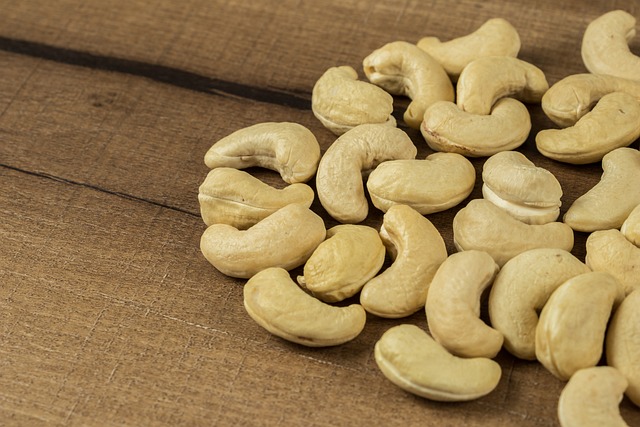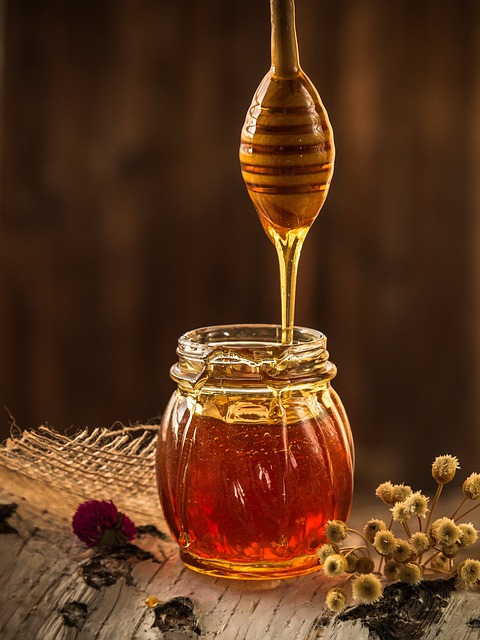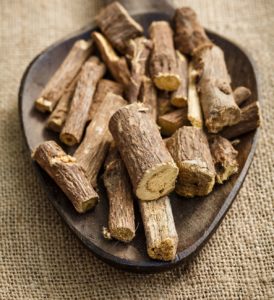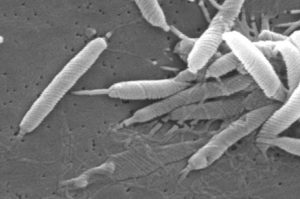How to Make Probiotic, Dairy-Free Yogurt and Juices

Probiotics have been shown to have a lot of different health benefits. Yet as a supplement, probiotics are often quite expensive. However, there is a simple way to make your own probiotics which can increase their strength and make a bottle of probiotics last significantly longer, and the results can be tasty.
Personally, I’ve explored fermenting numerous foods to make probiotic yogurts and juices. The following are recipes I’ve found from different sources.
Nut and Seed Yogurt
To make a dairy-free yogurt, you need a couple ingredients:
- Probiotic capsules (like lactobacillus or acidophilus bacteria)
- 1 cup of any of the following raw nuts or seeds
- Cashews
- Hulled hemp seeds
- Sunflower seeds
- Sesame seeds
- Water, filtered or boiled and cooled
Add the nuts or seeds and water into a blender, using enough water to blend until smooth. The water can be warm, but not hot. Break open a probiotic capsule and add to the mix at the end. If the consistency is thin with a lot of water it will still ferment, although it will separate during fermentation with a water layer on the bottom.
Pour into a clean glass bowl or jar and keep warm, between 90 and 110 degrees Fahrenheit (32-43 degrees Celsius), overnight. The next morning, there are usually bubbles visible throughout the yogurt. Depending on the length of time and temperature it was fermented at, the mixture can become quite sour. The type of probiotic capsules used can also affect the taste. Some probiotics are very sour and somewhat unpalatable. Others have a better, less intense, sour flavor. Occasionally, you might find a probiotic that is dead and doesn’t work at all.
In my experience, cashews and hulled hemp seeds have the best flavor. Almonds turn pink, which concerned me, so I didn’t use them. Pumpkin seeds get a strange rotten-egg flavor, so I didn’t like them either.
For the heat, if you don’t have a controlled heat source, you can use a standard oven. Put the yogurt in the own and turn it on for approximately 30 seconds to one minute, or until the heating element just starts to turn red, and then turn it off, keeping the ferment inside. Three or four of these cycles spaced out over an evening before bed is often enough to get the mixture to ferment by next morning. You can repeat more heating cycles in the morning if needed. Obviously, if you overheat it, you’ll kill the bacteria and it won’t ferment properly.
The yogurt should be kept in the refrigerator and consumed within three to four days. It tastes best when mixed with something sweet. Some people may not like the flavor on its own.
Fruit Juice or Honey, Probiotic Ferment

Saccharomyces cerevisiae Boulardii is a beneficial yeast that can be found in some probiotic formulas. Unlike bacteria, yeast predominantly live on sugar. As such, yeast are amazingly easy to grow. The process is the same as what’s used to make alcohol, but the Boulardii strain produces more vinegar and other acids rather than alcohol. That being said, it’s still likely that the following ferment contains small amounts of alcohol.
To make a yeast probiotic ferment you need:
- Saccharomyces cerevisiae Boulardii capsules (often just called Saccharomyces boulardii)
- A source of sugar, either bottled fruit juice or any natural caloric sweetener added to water, including honey, maple syrup or blackstrap molasses
- If using a sweetener, proportions are just under ½ cup sweetener to four cups water
- For fruit juice, no additional sweetener or water is needed
You want to use a clean, sterile glass container. For fruit juices purchased in glass, you can just use the container it came in. For sweeteners, make sure the sweetener is fully dissolved and evenly mixed into the water. Break open a capsule of the yeast probiotic and add to the glass container. Keep it covered, but don’t seal it. The yeast produces carbon dioxide gas and if sealed the jar or bottle could explode. While a small amount of heat can expedite the fermentation, it is not necessary. If the jar or bottle is too full, it may foam over.
The ferment should start bubbling if kept at room temperature after 24 hours and will likely be done in around 3 days. The longer it ferments the less sugar is left in the final beverage. In some cases, the lack of sugar can make the drink quite sour or unpalatable. Adding stevia extract can restore a sweet taste, often making the probiotic beverage taste like the original starting material albeit with an added yeast flavor. If fermented too long, the drink will go flat. Once fermented, it can be kept in the refrigerator and consumed over the next few days. Be careful about sealing the final product as it still can produce gas.
Final Notes
For some people, these ferments may be too powerful of a probiotic, causing diarrhea, bloating or other symptoms. You also want to keep everything clean when making either recipe to reduce the risk of contamination from other, outside bacteria or yeast. These probiotic ferments could also be heat killed and then consumed, likely with similar benefits to the live version.
Feel free to get creative! I’ve used nut yogurt as a replacement for sour cream in a cheesecake recipe. People who tried it actually asked for the recipe.
And while I’ve made hundreds of batches of nut and seed yogurt and never had any bad side effects myself, anyone who makes their own fermented foods does so at their own risk.
Enjoy!



